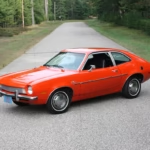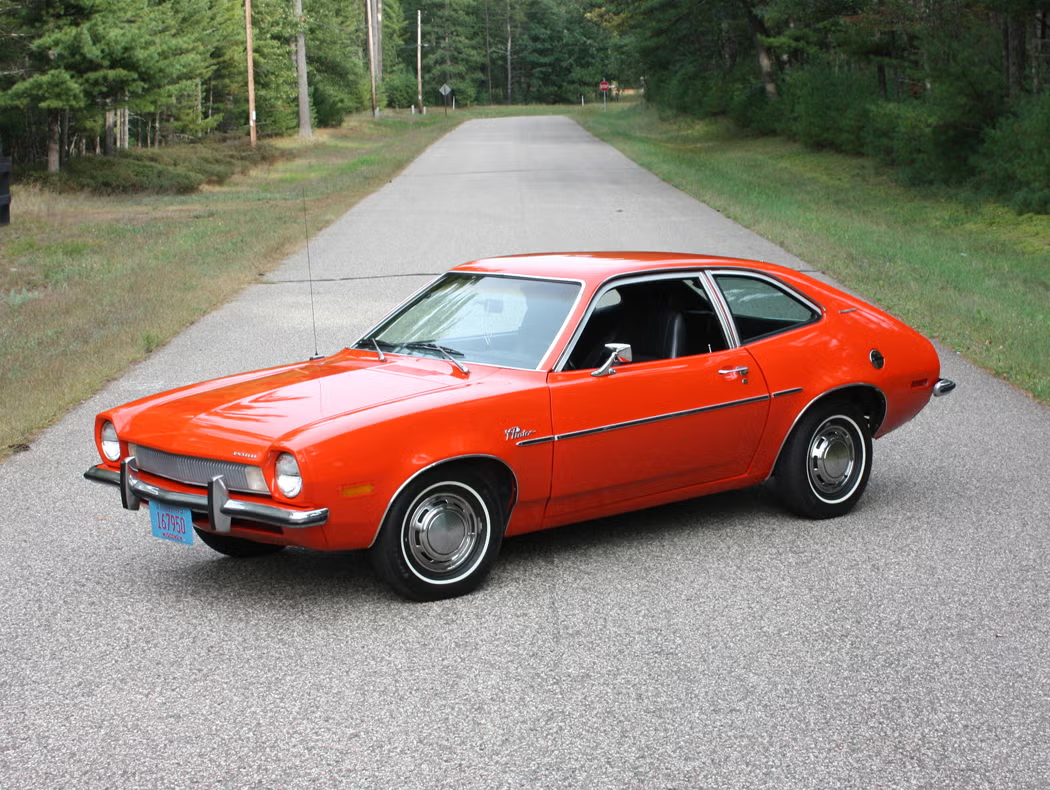
Ford Pinto: The Controversial Compact Car That Shaped Automotive Safety in Canada
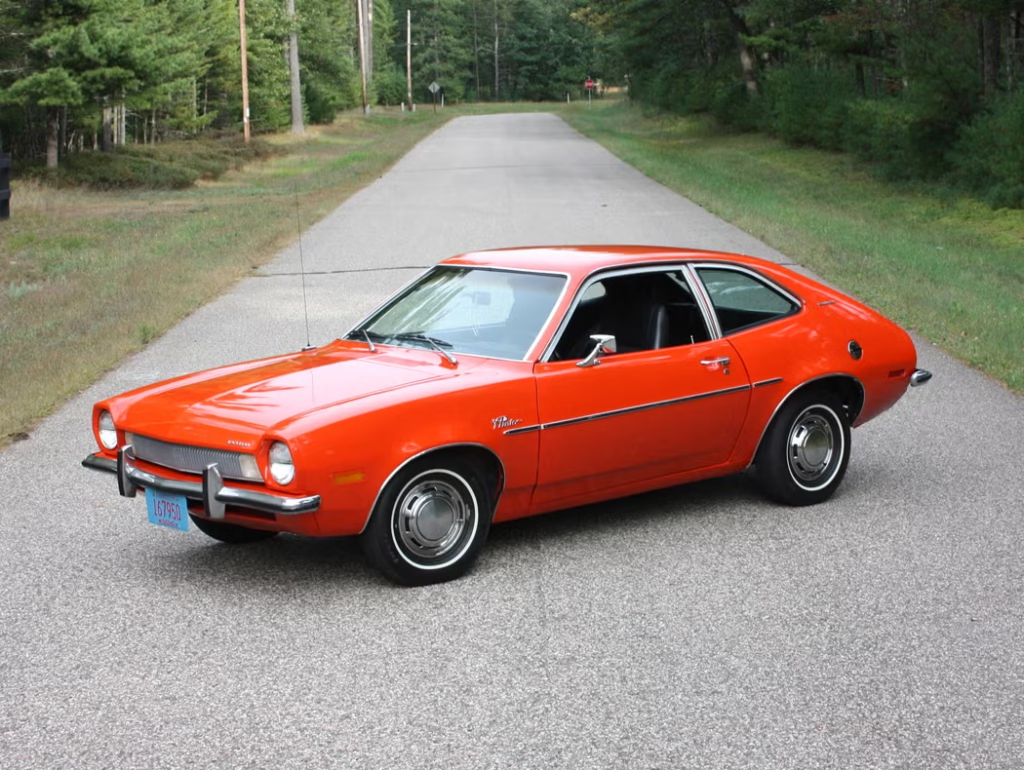
The Ford Pinto remains one of the most infamous vehicles in automotive history — not because of its performance or design, but because of the controversy surrounding its safety. Produced between 1971 and 1980, the Pinto aimed to compete with the growing wave of Japanese imports in North America. In Canada, it was initially a hit among budget-conscious drivers, but later became a lesson in corporate responsibility and vehicle safety.
1. Origins of the Ford Pinto
Limited Time Automotive Amazon DealsIn the late 1960s, Ford recognized that compact, fuel-efficient cars like the Toyota Corolla and Datsun 510 were dominating global markets. Canada, with its mix of urban commuters and cost-conscious families, was no exception.
Launched in 1971, the Ford Pinto was designed to be light, affordable, and economical. Priced at around $2,000 CAD, it was one of the cheapest vehicles available in Canada at the time — a strong selling point during the oil crisis of the 1970s.
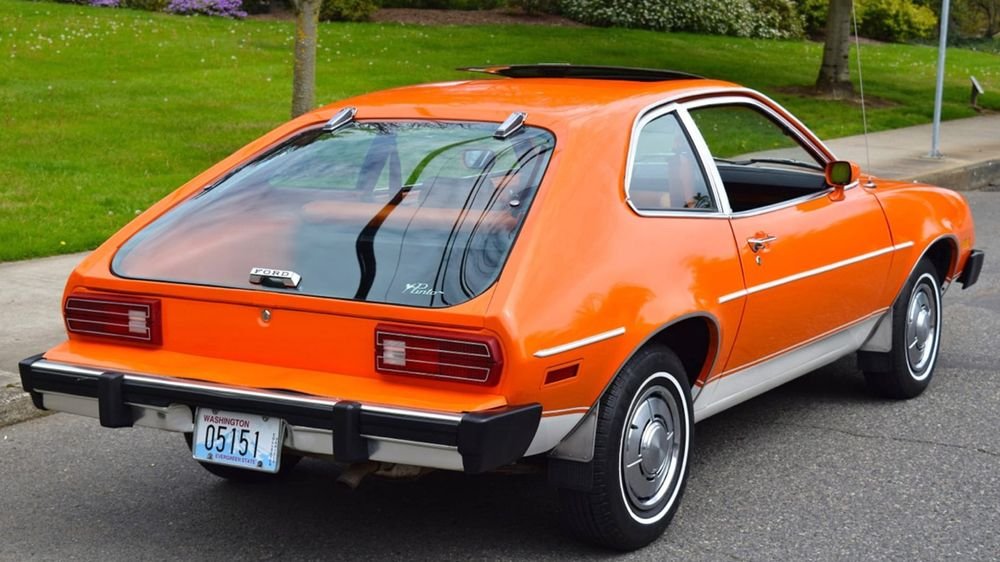
2. Models and Features Available in Canada
Limited Time Automotive Amazon DealsThe Pinto was available in three main configurations:
- 2-Door Sedan
- Runabout Hatchback
- Station Wagon
Each version offered slightly different interior setups, with Canadian buyers favoring the wagon model for its practicality during harsh winters.
Limited Time Automotive Amazon DealsCanadian engine lineup:
| Model Year | Engine | Power | Transmission |
|---|---|---|---|
| 1971–1973 | 1.6L Kent I4 | 75 hp | 4-speed manual |
| 1974–1980 | 2.3L I4 | 88 hp | Manual or automatic |
| 1975+ (optional) | 2.8L V6 | 100 hp | 3-speed automatic |
Fuel economy averaged 8–9 L/100 km, which made it quite efficient for its time, appealing to Canadian drivers looking to save at the pump.
3. The Fuel Tank Controversy
The Pinto’s downfall began with a design flaw in the rear fuel tank. In low-speed rear-end collisions, the tank could rupture and ignite, causing fires. Internal Ford documents later revealed that the company weighed the cost of retrofitting against potential lawsuit settlements, choosing not to make immediate changes.
This became known as the “Pinto Case”, a defining moment in North American automotive history. Although Canada had fewer recorded incidents than the U.S., the revelations damaged Ford’s image across both markets.
4. Sales and Reception in Canada
Despite the controversy, the Pinto sold well in its early years. By 1974, more than 20,000 units had been sold across Canada. Drivers appreciated its affordability, fuel efficiency, and compact design ideal for city driving in Toronto, Montreal, and Vancouver.
However, by 1977, sales plummeted as consumers turned to safer, more reliable alternatives like the Honda Civic, Volkswagen Rabbit, and Toyota Tercel.
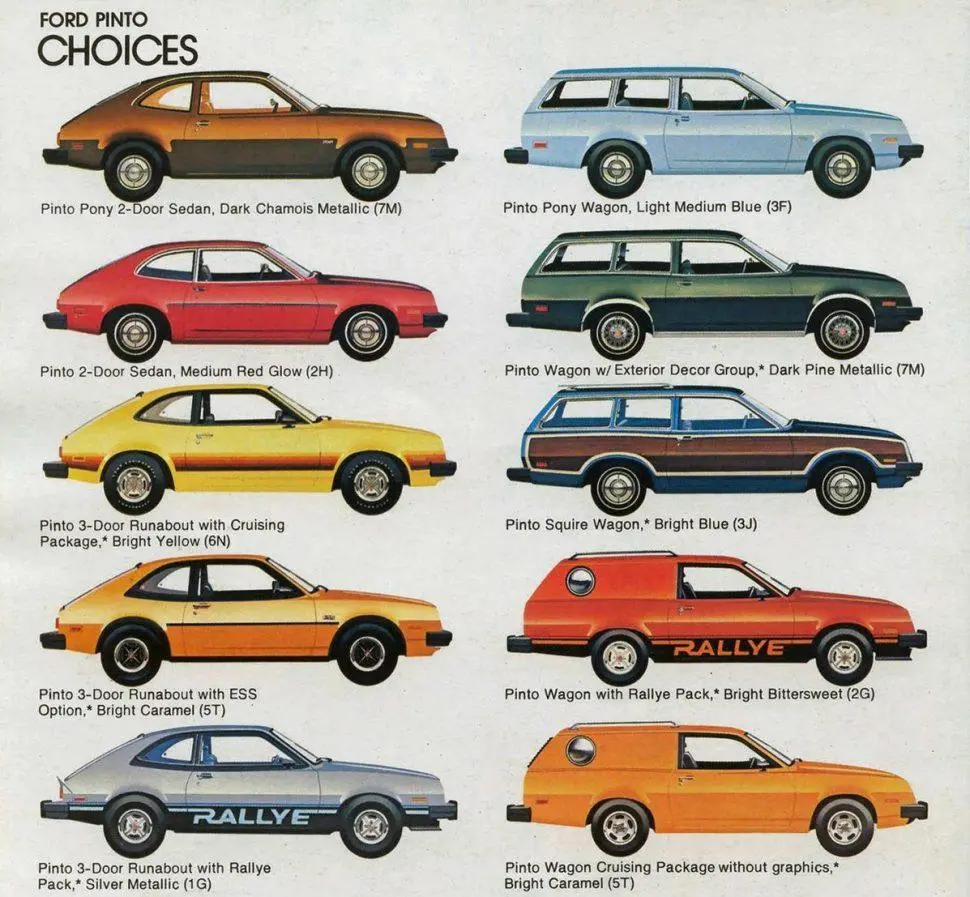
5. Reliability and Maintenance in Canada
The Pinto’s mechanical components were relatively simple, making it easy to maintain — an important factor for Canadian owners who often handled repairs themselves.
However, issues with rust, brake lines, and suspension wear were common in the Canadian climate.
Many surviving Pintos in Canada today have been restored with modern fuel systems and custom safety reinforcements.
6. The Pinto as a Collector’s Car in Canada
Despite its notorious past, the Pinto has developed a cult following among vintage car enthusiasts. Classic car clubs in Alberta and Ontario occasionally feature Pintos at shows.
Current market values in Canada:
| Condition | Estimated Price (CAD) |
|---|---|
| Needs restoration | $1,500 – $3,000 |
| Good condition | $6,000 – $10,000 |
| Fully restored | $12,000 – $18,000 |
These prices make it one of the most affordable classic Fords to collect in Canada.
7. Legacy and Impact
The Ford Pinto is more than a cautionary tale — it’s a turning point in automotive safety regulation. Its controversy led to major reforms in vehicle crash standards, fuel system design, and corporate accountability in both the U.S. and Canada.
For Canadian consumers, the Pinto helped spark awareness about safety-first car design, influencing generations of more secure and better-engineered vehicles.
Top 10 FAQs About the Ford Pinto (Canada)
1. When was the Ford Pinto produced?
From 1971 to 1980, with the final models discontinued due to declining sales.
2. Was the Ford Pinto sold in Canada?
Yes, it was sold widely across Canada through Ford dealerships in all major provinces.
3. Why is the Ford Pinto controversial?
Because of a fuel tank design flaw that made it prone to fires in rear-end collisions.
4. How much did the Pinto cost in Canada when new?
Around $2,000 CAD for base models in 1971.
5. What engine options were available in Canada?
1.6L, 2.3L, and 2.8L engines depending on the model year.
6. Was the Pinto reliable?
Mechanically simple but prone to rust and corrosion in Canadian winters.
7. How many Pintos are still on the road in Canada?
It’s estimated fewer than 500 remain, mostly as collector’s cars.
8. What’s a Ford Pinto worth today in Canada?
Between $1,500 and $18,000 CAD, depending on condition and originality.
9. Is the Ford Pinto legal to drive in Canada?
Yes, as long as it meets provincial safety inspection standards.
10. What did the Pinto teach the auto industry?
It reshaped vehicle safety regulations and corporate ethics worldwide, emphasizing the importance of consumer protection.
Final Thoughts
The Ford Pinto remains one of the most historically significant cars ever sold in Canada. While its story is dark, it changed how automakers approach design, testing, and accountability. Today, it stands as both a collector’s curiosity and a symbol of progress in automotive safety.
Add a comment Cancel reply
Categories
- Auto Detailing (1)
- Car News (2)
- Car Reviews (1)
- How To (1)
- Uncategorized (162)
Recent Posts
About us

Related posts
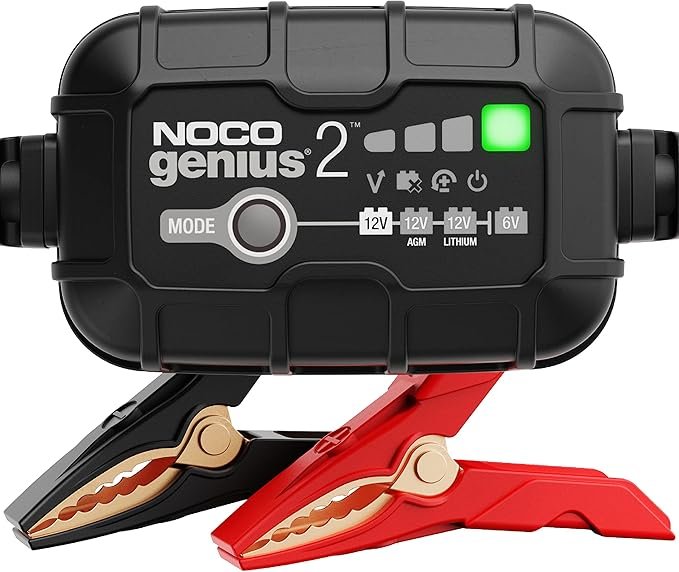
Chargeur de batterie : le guide complet 2025 et notre recommandation du NOCO GENIUS2


